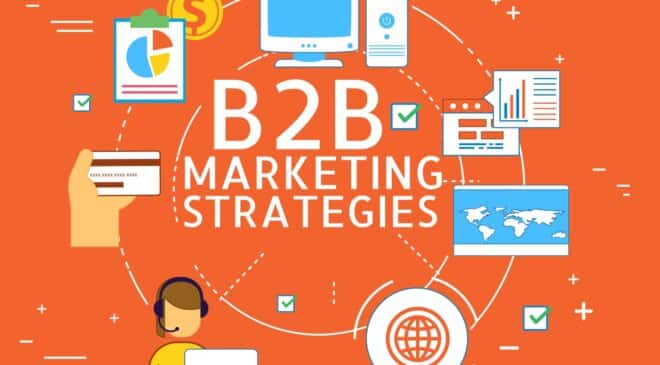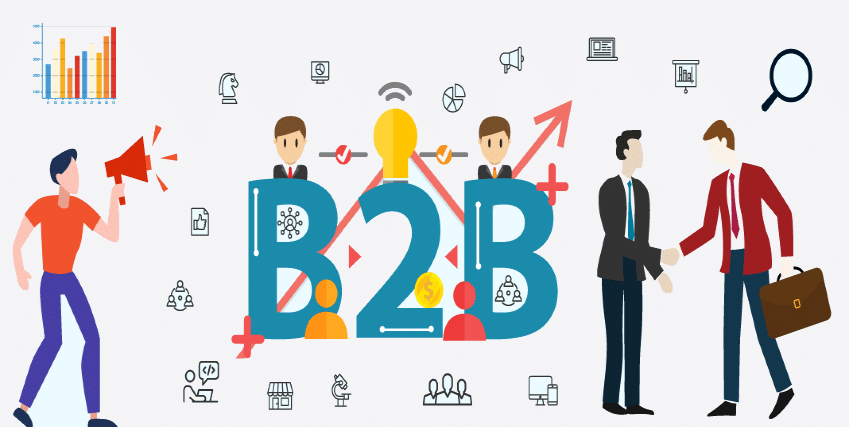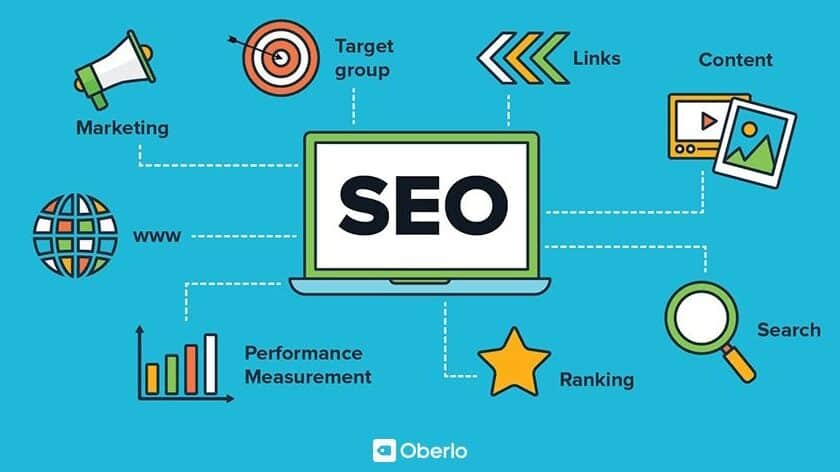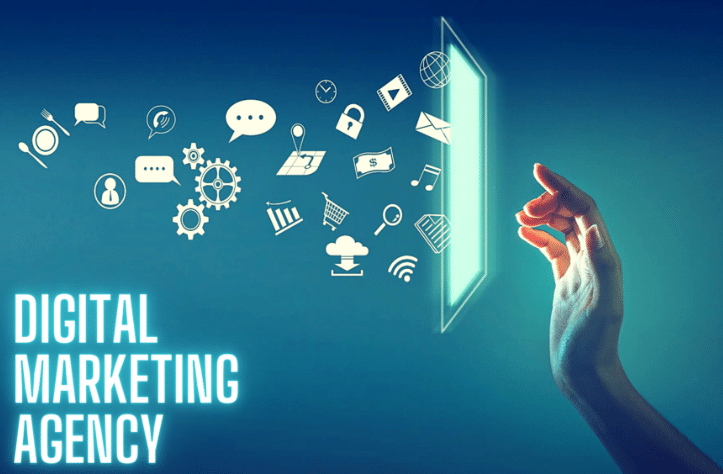Any company that is involved in business-to-business (B2B) selling or B2B marketing understands that leads are the oxygen that their organisations need to survive in the market. It is the activity of defining potential customers and bringing them into the funnel and building their interest while preparing them to be sold. The following article is intended to become your ultimate resource on B2B lead generation: its definition, goal, types, techniques, best practices, and much more.
What Is B2B Lead generation?
B2B lead generation targets acquiring separate buyers, which are businesses themselves. This process is quite distinct from the traditional business-to-consumer (B2C) lead generation given the relatively long sales cycles, often convoluted working decision-making process, and higher transaction values typical of medical equipment procurement.
In the B2B setting, a ‘lead’ is an individual, company, or organisation that has indicated some amount of interest in your products or services. This interest can range from your website visits, attendance of your webinars, or when they request a demo.

Why is B2B Lead Generation Important?
Effective lead generation is crucial for several reasons:
- Drives Revenue Growth: Qualified leads help to create a rich source of potential customers for the sales team to work on, making it easier for organisations to make sales and grow in terms of revenues and market share.
- Improves Sales Efficiency: If used properly, qualified leads allow the sales team to work with clients they are most likely to sell to and to save time chasing after non-converts.
- Enhances Brand Awareness: Lead generation activities like content marketing and social media interactions help make your company more recognisable and promote your company as a market expert.
- Provides Valuable Market Insights: Lead generation information can be valuable in understanding buyer wants and needs, problems, and preferences helpful in marketing and product planning.
- Builds Stronger Customer Relationships: Nurturing leads through personalised communication and valuable content can build trust and establish stronger relationships with potential customers.
Key Components of a B2B Lead Generation Strategy:
A successful B2B lead generation strategy involves several interconnected components:
- Target Audience Identification: The concept of ideal customer profile (ICP) should be defined from the very start of the campaign. It is about their business sector, business type, position, concern, and buying process.
- Lead Capture Methods: The strategies to capture lead information are necessary to employ. This consists of the landing pages, forms, pop-ups, and the call-to-actions (CTAs).
- Lead Nurturing: This means that using suitable and related messages to communicate further with leads is very important when taking them through the funnel. It can include sending promotional emails, posting on popular social networks, as well as using paid advertisements.
- Analytics and Tracking: Understand that the things like lead generation cost, conversion rate, and customer acquisition cost (CAC) have to be monitored in order to perfect your lead generation strategy.
B2B Lead Generation Channels and Tactics:
Various channels and tactics can be employed for B2B lead generation:
- Content Marketing: The potential customers may reach your site thanks to this article or other relevant pieces of content like blog posts, articles, infographics, and videos that will help your company become a market leader.
- Search Engine Optimisation (SEO): The greater the frequency used in your website and content, the better your standing is in the search engine listing and the organic traffic that comes with it.
- Social Media Marketing: The interaction with potential customers through social network sites is useful for raising awareness of the brand, creating leads, and ultimately, traffic to the website. You can hire a LinkedIn marketing agency to help you with this.
- Email Marketing: Leads are another form of recruitment because managing the lists through e-mails is all about relationship building, product or service selling, and conversion.
- Paid Advertising: The other benefit of advertising is that through search engines, social tools, and websites related to the given business, more people can be targeted, and more qualified leads can be generated.
- Webinars and Online Events: They offer an opportunity to share relevant information with the potential customer and get that individual’s contact info by securing registration.
- Trade Shows and Industry Events: Exhibiting at trade shows and related industry events represents a good means of making contacts with prospects through informational and interpersonal contact.
- Referral Programs: The common concept of using word-of-mouth as a technique of promoting new business is a good way of generating quality leads.
Lead Qualification and Scoring:
Leads are not the same, and not all leads are of similar quality. Lead qualification entails the identification of potential customers in the market to filter out the market’s least desirable prospects. This involves assessing factors such as:
- Demographics: Company, sector, country, and position.
- Behaviour: Website activity, content downloads, email engagement, and social media interaction.
- Engagement: Degree of engagement with your marketing and sales content.
- Budget: Whether the lead is in a position to buy your products and/or services or not.
- Authority: Whether the lead has the power to make a purchase on his own, without consulting with other members of the buying centre.
- Need: Whether the lead has a need that will be served by the products or services that you offer.
- Timeline: Whether the lead is a buyer who is waiting for an upcoming season or event to purchase the intended product.
Lead scoring means the operation of assigning certain points to these factors. Customers who have high lead scores assigned to them are rated as more qualified and are, therefore, given a priority by the sales department.
Measuring B2B Lead Generation Success:
Tracking key metrics is essential for measuring the effectiveness of your lead generation efforts:
- Lead Generation Cost: The cost associated with generating each lead
- Conversion Rate: The proportion of people who view a company’s advertisement and who will eventually buy its products.
- Customer Acquisition Cost (CAC): The amount of resources spent to attract a single customer into the company’s system.
- Return on Investment (ROI): The profitability of the leads you are generating.
Challenges in B2B Lead Generation:
B2B lead generation can present several challenges:
- Longer Sales Cycles: The sales cycle in B2B selling is longer than in B2C selling, and the salespeople should be more persistent.
- Complex Decision-Making Processes: B2B buying decisions are normally made by several people, and therefore the influence factor is many, as compared to business to customer, where the buyer is only one person.
- Reaching the Right Decision-Makers: One of the major challenges is getting to know the key decision-makers that one needs to get in touch with in targeted organisations.
- Generating High-Quality Leads: By concentrating on large quantities of prospects, businesses may invest a lot of time and money in reaching out to unqualified leads.
Conclusion
B2B lead generation is a very important process in both revenue generation and overall business success. When you know the essential components for lead generation, employ the right tactics, and refine your strategies, you will be better placed to develop the right pipeline of buyers that help deliver your business goals. Do not forget the primary goal of guest blogging – it is to deliver value to your target audience, develop trust and share outcomes.




